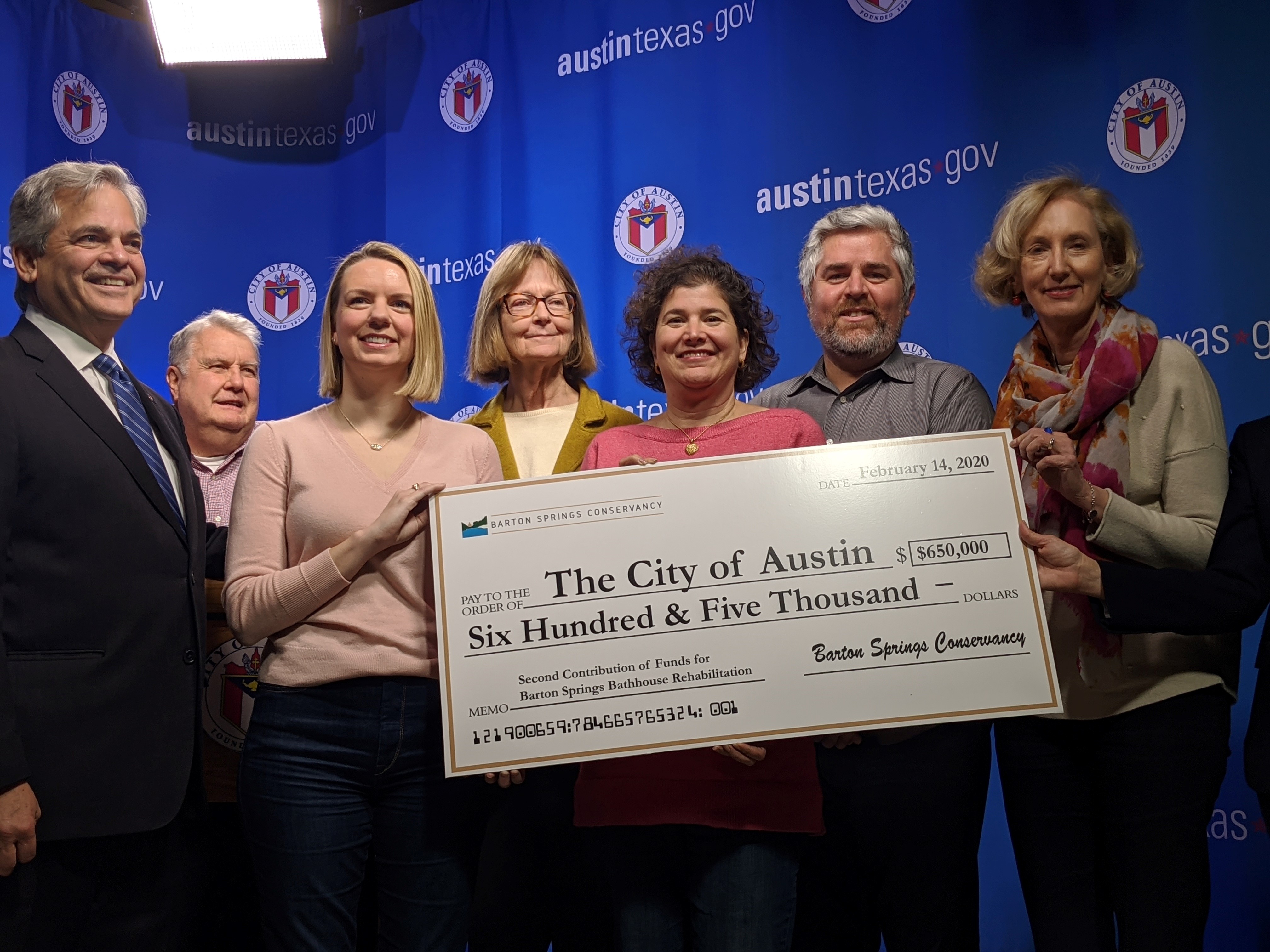WHY UPDATE THE LAND DEVELOPMENT CODE?
First, we would like to clarify the intent of the Land Development Code (LDC) revisions. The Capital Area Metropolitan Planning Organization estimates that the population of the Austin area will double by 2040, adding more than 2 million people. Over the years, as our population has boomed, available housing has become increasingly scarce and unaffordable. Many long-term Austin residents, including our lower-income and fixed-income neighbors, are having to leave the city because of the rising cost of housing. The longer we wait to address this problem, the more people will continue to be dis…
By now, you may have heard: the City of Austin is revising its 1984 land development code (LDC), something that hasn’t happened for about 35 years. This comprehensive LDC update is an opportunity to put Austin on a more sustainable path for how we grow and what effect that growth will have on our household affordability, mobility options, and the environment. The simplified and refreshed LDC also will make it much easier for homeowners to understand what kinds of changes they can make to their property and what changes will be allowed for their neighbors, as well.
Many of the successes Austin has enjoyed as a city come from the strong foundation of environmental an…
Austinites love Barton Springs as much as they love tacos. Much of the water that feeds Barton Springs enters the ground outside of the city limits. To ensure the long-term protection of the Springs, Austinites have voted to purchase land to protect Barton Springs, creating the Water Quality Protection Lands. For more than twenty years, voters have approved more than $150 million in funding to conserve sensitive lands over the Edwards Aquifer. Water Quality Protection Lands protect the source of water that feeds Austin’s crown jewel.
These permanently protected lands comprise 25% of the Edwards Aquifer recharge zone and more than 28,000 total acres of land. Austin Water staff and v…
Do you have ideas for improving public transit in Southwest Austin? Do you wish that there was more bus service near you, or that the routes operated a little differently, or that certain bus stops were more accessible or comfortable? Capital Metro wants to hear from you, and here’s how you can provide them with feedback.
Capital Metro looks at a swath of local factors when making transit service adjustments, including residential and employment density, destinations and activity centers, connectivity of streets and sidewalks, demographics and socioeconomic characteristics, and demonstrated ridership demand. They use such neighborhood data along with feedback from cus…
Being able to get to school safely is a priority shared by families all across the city, including District 8’s, and the City of Austin Public Works’ Safe Routes to School Program is on the case, creating an Infrastructure Report for each City Council district. These reports list and rank projects to help students safely and comfortably walk and bike to elementary and middle schools within each district.
On July 8, Austin Public Works released the draft District 8 Safe Routes to School Infrastructure Report. This report shows recommended project…

